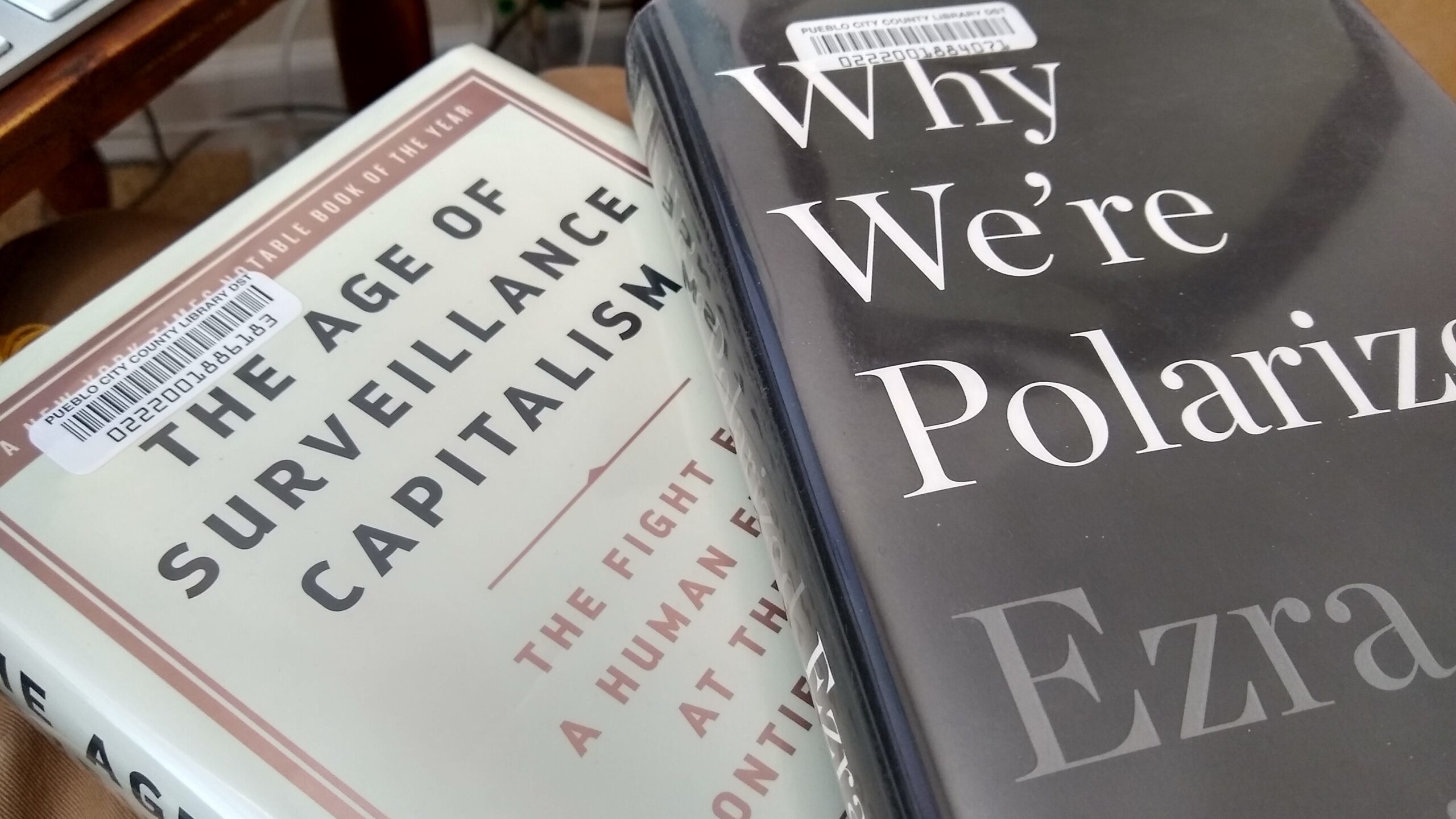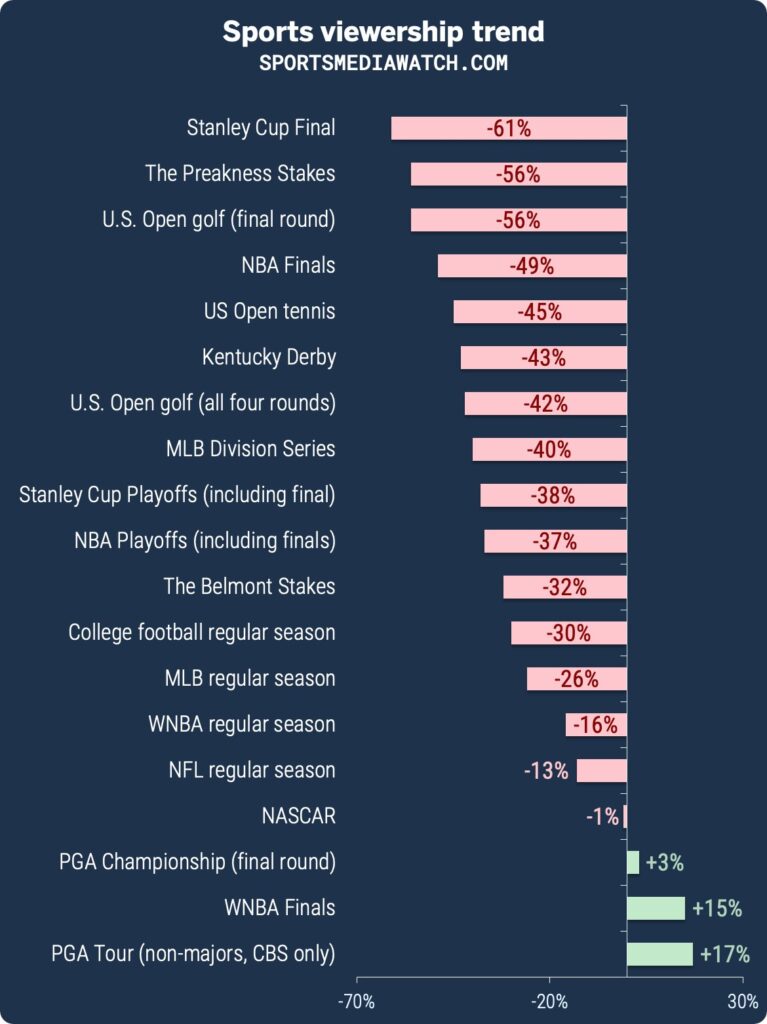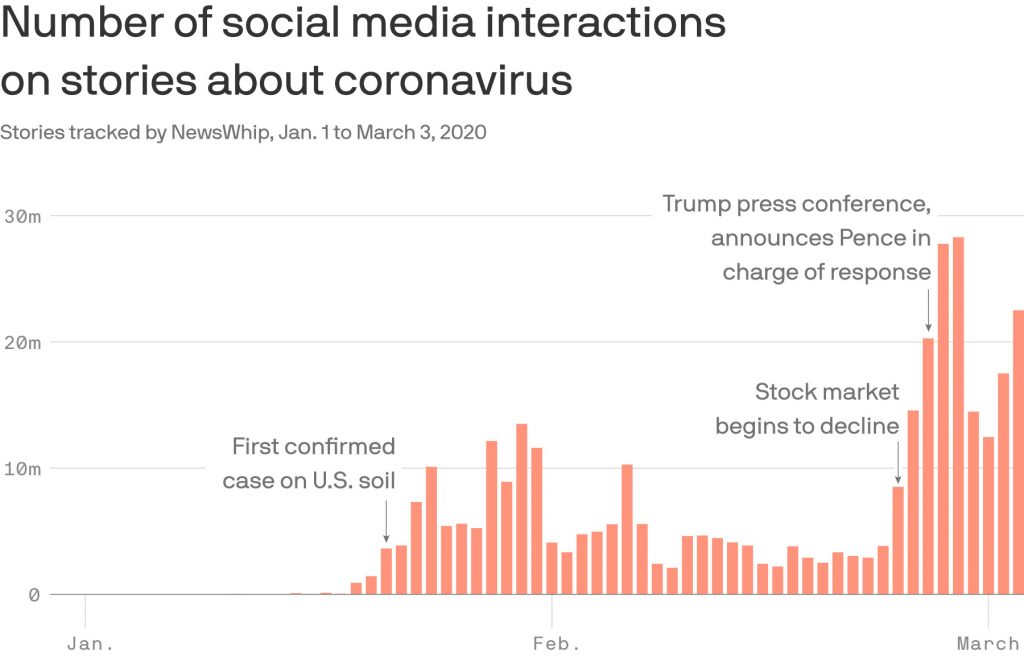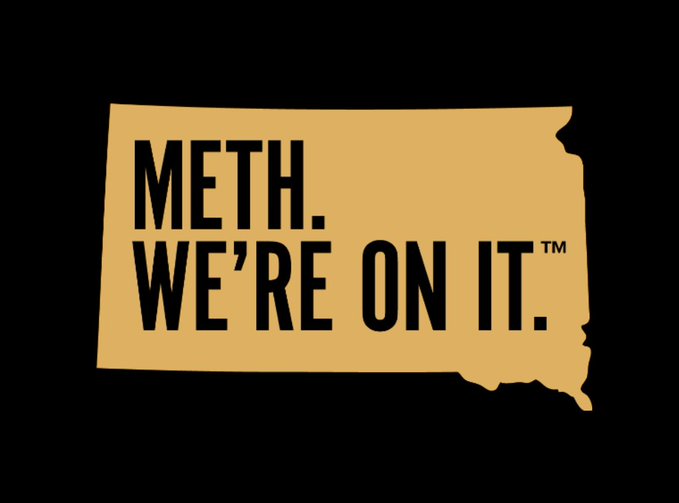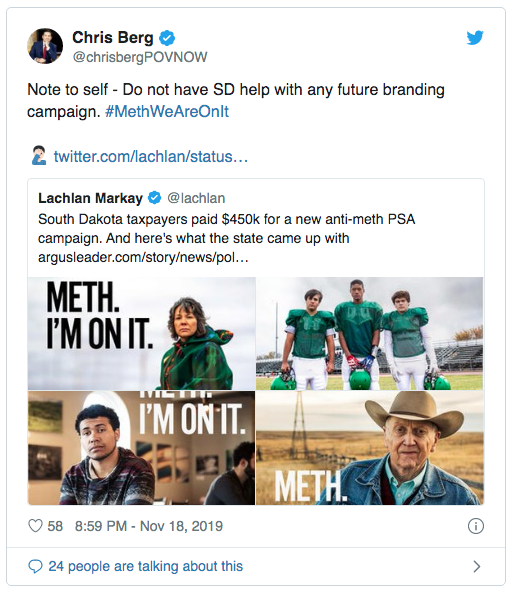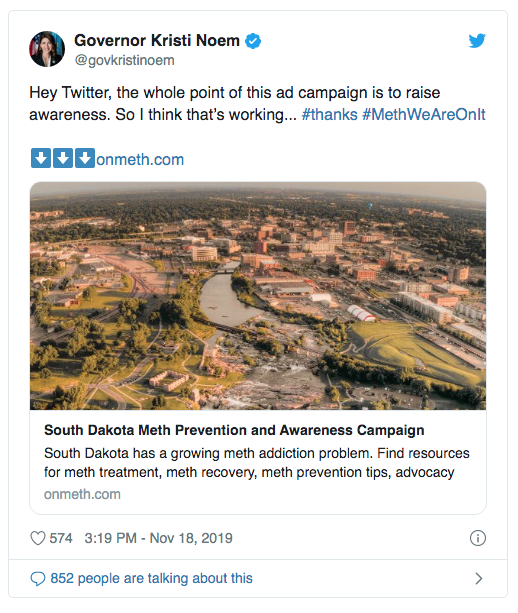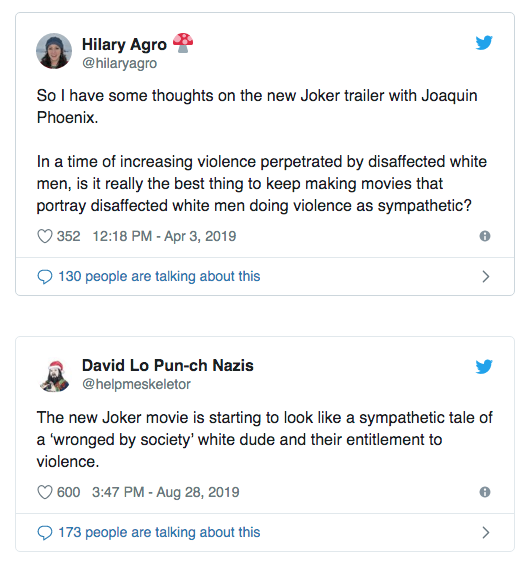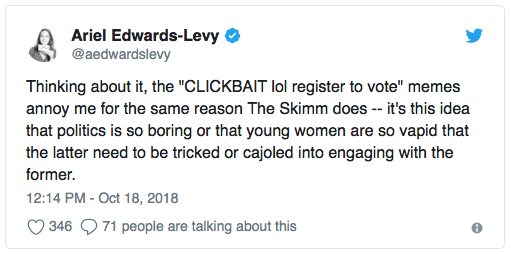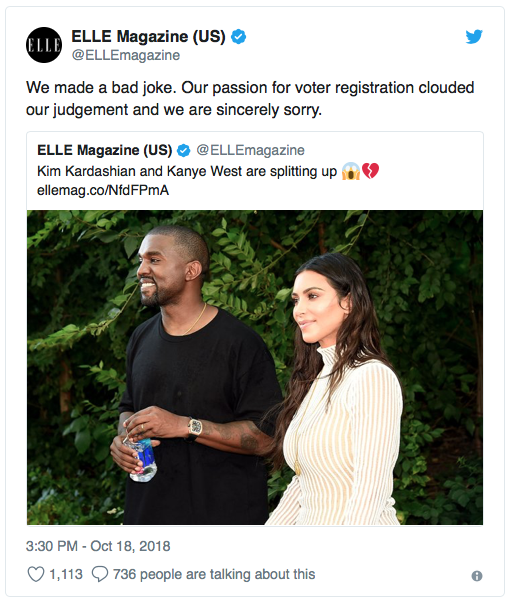The Columbia Journalism Review asked some tough questions in a recent article. Increasing pessimism about the pandemic, and the vaccines, is adding to the collective stress that we’re feeling as a nation. Vaccines are being administered at a rate that will surpass President Biden’s goal of 100 million vaccinated in the first 100 days of his administration, yet members of the press continue to find a pot of coal at the end of the rainbow.

After an incredibly fast development timeline, we now have three vaccines approved by the FDA. Vaccines by Pfizer, Moderna, and Johnson & Johnson are being administered across the country with the latest prediction being that all American will have access to a vaccine by the end of May. Yes, there have been minor glitches and attempts by some to game the system; as would be expected. But the progress has been fairly impressive by any measure.
So why the sad faces from so many journalists? If you believe in a model for journalism that makes room for social activism, you might argue that the press must assume the role of provocateur and instigator. Prodding authority figures to do the right thing by pointing out the negative repercussions associated with failure to act is often part of the justification. A more cynical view may be that fear mongering gets clicks and views.
Or perhaps it is the notion that the public must be harangued into falling in line. If the goal is to increase vaccine acceptance, those of us in the press may need to do our part to persuade them to do the right thing. Such a low view of the public’s ability to find, consume, and act on accurate and unbiased information motivates this kind of thinking. And of course with all of the mis- and dis-information that fills our social media feeds it is no wonder that many journalists have become pessimistic about their readers’/viewers’ capabilities when it comes to news consumption.
It has been nearly a year since we were asked to take a few weeks of extreme measures to help “flatten the curve.” That few weeks has stretched into more than a year and more than 30 million Americans have now contracted the virus. And even if we haven’t, most of us know someone who has. Too many know someone who has died from this deadly virus. But despite the bad news, there has been plenty of good news as well and finding the proper balance is important. According to Allsop in CJR…
As Tufekci put it, “effective communication requires a sense of proportion—distinguishing between due alarm and alarmism; warranted, measured caution and doombait; worst-case scenarios and claims of impending catastrophe.” In her view, such balance has a practical benefit: encouraging “people to dream about the end of this pandemic by talking about it more, and more concretely,” she wrote, “can help strengthen people’s resolve to endure whatever is necessary for the moment.”
Tufekci, quoted by Allsop

